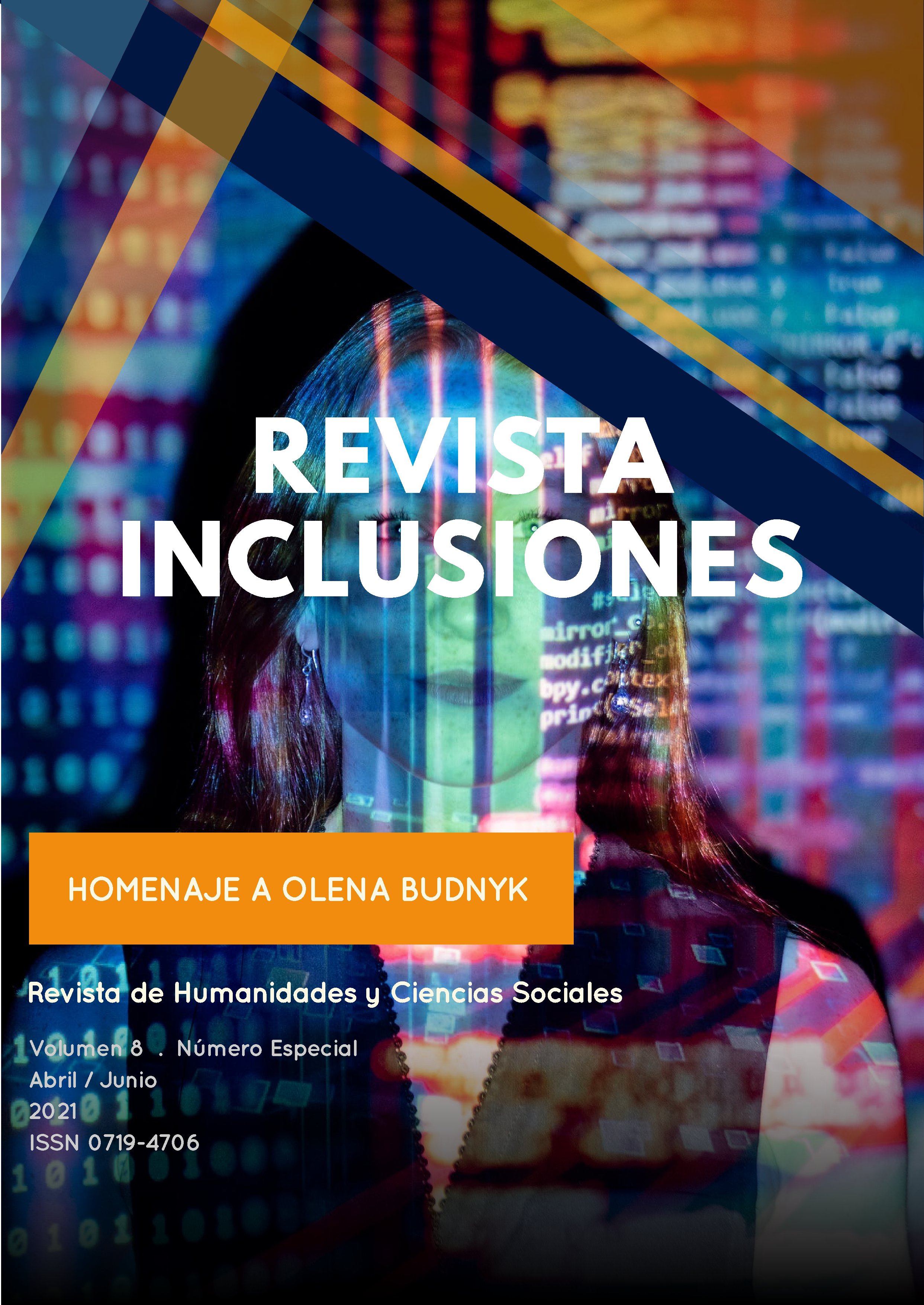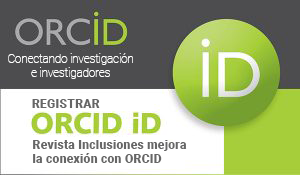REPRODUZINDO FRONTEIRAS, REPRODUZINDO LINHAS ABISSAIS. REPRESENTAÇÃO E GOVERNANÇA DA "EMERGÊNCIA DAS MIGRAÇÕES" NA ITÁLIA CONTEMPORÂNEA
Resumo
O objetivo deste texto é desenhar uma imagem de como a representação dos fenômenos migratórios
contemporâneos lida com o paradigma hegemônico do pensamento eurocêntrico. Em particular, a
Itália contemporânea - localizada no centro do Mediterrâneo e, portanto, atravessada por enormes
fluxos migratórios - é um lugar privilegiado para investigar como o tema da migração é funcional, nas
sociedades europeias, para a demarcação de novas e múltiplas “linhas abissais”. O que pretendo é
ler o sistema de representação e gerenciamento da "crise migratória" na Itália dentro do paradigma
do que Sousa Santos define como “pensamento abissal”: pretendendo descrever e regular os
fenómenos migratórios, as categorias de “conhecimento moderno” e “lei moderna” produzem a
migração como uma forma constante de emergência; na media e no direito, torna-se cada vez mais
evidente uma tendência á representação dos/das migrantes como sujeitos criminais, invasivos,
perigosos. O resultado é a afirmação duma hegemonia das novas direitas xenófobas, mediante a
construção – no direito e na narração - dum estado de exceção que justifique perenemente a
aplicação de medidas políticas extraordinárias como novo paradigma de gerência da ordem social
dentro do Estado italiano, formalmente democráticos, mas socialmente autoritários. A hipótese a
provar é que a linha abissal traçada pelos fenômenos migratórios atravessa e estrutura, hoje, a
sociedade europeia - a do estado nacional italiano, no nosso caso – na totalidade, e não apenas no
seu segmento populacional "racializado": o que pretendemos investigar é um mecanismo de poder
colonial - e, portanto, de exclusão, exploração e produção de ausência - exercido dentro do norte
global.
Downloads
Publicado
Como Citar
Edição
Seção
Licença
Los autores retienen los derechos de autor y otorgan a Revista Inclusiones el derecho de publicación bajo Creative Commons Attribution 4.0 International (CC BY 4.0). Esto permite el uso, distribución y reproducción en cualquier medio, siempre que se otorgue la debida atribución al autor.











